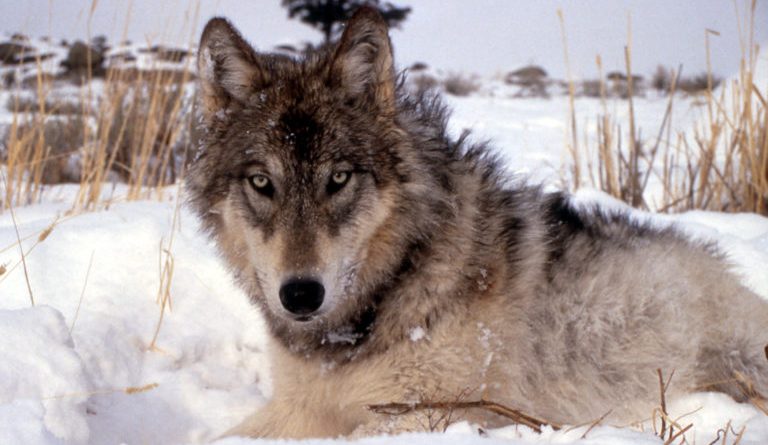Overview
According to the Great Falls Tribune, the number of wolves in Montana is around 554. This is a sharp contrast to 2013 when the number was around 627. The trend is that wolves in Montana are on the decline. Montana’s Fish, Wildlife, and Parks Commission approved a controversial proposal to allow hunting if up to five wolves for every hunter. Previously, one was allowed up to three wolves.In this light, there is an urgent need to stand up for the wolves before they become extinct.
Unjustified Killing and Hunting of Montana Wolves
 The commission has stated its intention to continue allowing the utility of traps and snares not only in recreational facilities but also public areas. In connection to this, out of state hunting charges have been reduced and the requirements are now more lax. Such factors act as a perfect incentive to more rigorous hunting trips.
The commission has stated its intention to continue allowing the utility of traps and snares not only in recreational facilities but also public areas. In connection to this, out of state hunting charges have been reduced and the requirements are now more lax. Such factors act as a perfect incentive to more rigorous hunting trips.
In particular, pregnant wolves are going to be threatened due to their lower survival tactics. This is because the mating season for wolves starts in around February and goes to March. Thus, any extension of the hunting season has a direct impact of affecting the pregnant wolves.
Conservationists termed it as an unjustified and unwarranted hostile assault to the steps that have been made in the conservation of wolves.
The unjustified killing and hunting of wolves means that the ecological benefits that wolves bring cease to exist. For example, wolves play an important role in controlling the population of deer and other wildlife. The fact is that wolves reduces their population and thus contributes to the overall management of the ecosystem. In addition to that, reducing the population of wildlife also plays a critical role in controlling some diseases, the Chronic Wasting Disease for instance.
The public needs to understand that there are two main activities that are happening in Montana in relation to the wolves. First, there is the constant removal of gray wolves from the areas under the Endangered Species Act (ESA). Second, EPA gives individual states the power t make decisions related to species. For instance, determination of which species is endangered and which one is not.
Other activities threatening the wolves in Montana include the following: poisoning, trapping, bounty programs, aerial shooting, and some sport activities.
Notable Examples
 One of the main voices in defense of the wolves is Mary Rossi. She has had a very vocal voice in stating the case for the wolves. Her greatest advantage is that she has spent a significant amount of time doing comprehensive research about the pack animals. In fact, she has made a number of publications including in a peer-reviewed journal.
One of the main voices in defense of the wolves is Mary Rossi. She has had a very vocal voice in stating the case for the wolves. Her greatest advantage is that she has spent a significant amount of time doing comprehensive research about the pack animals. In fact, she has made a number of publications including in a peer-reviewed journal.
Rossi, unlike quite a number of other agencies, employs science and empirical data in order to defend the wolves. In this regard, she has visited FWP many times in order to explain to the officials about better ways of acquiring data concerning the wolves in order to ensure accuracy. She has severally questioned the FWP’s methodology of data collection and the eventual analysis thereof. In addition to that, she has voiced concern about the number of the wolves that die in public hunts. She hopes that her efforts will not go unrewarded despite the challenges.
Jay Mallonee, an independent biologist, ran a spirited campaign to collect signatures for a petition that advocated for more protection of the wolves. Similarly, he has ran a donation campaign in order to fund activities that advance the protection of the wolves. He says that Montana authorities do not use any established protocols in “counting the wolves.”If that is the case then, Jay concludes that any policy that is born out of flawed data is itself a flawed policy. He takes a radical position and calls the unjustified and unwarranted killing and hunting of wolves in Montana as genocide.
Conclusion
Montana authorities states that the state has exceeded the standard conservation and recovery goals.However, if the facts on the ground are anything to go by, there is a lot that need to be done. If Montana is to retain its wolf population, the established state management plans and administrative regulations must be applied to the letter. Similarly, authorities should be careful not to exaggerate the adoption of targeted wolf depredation response. Perhaps, rethinking the controversial proposal of allowing more hunting of the wolves in Montana is not a bad way to start.





